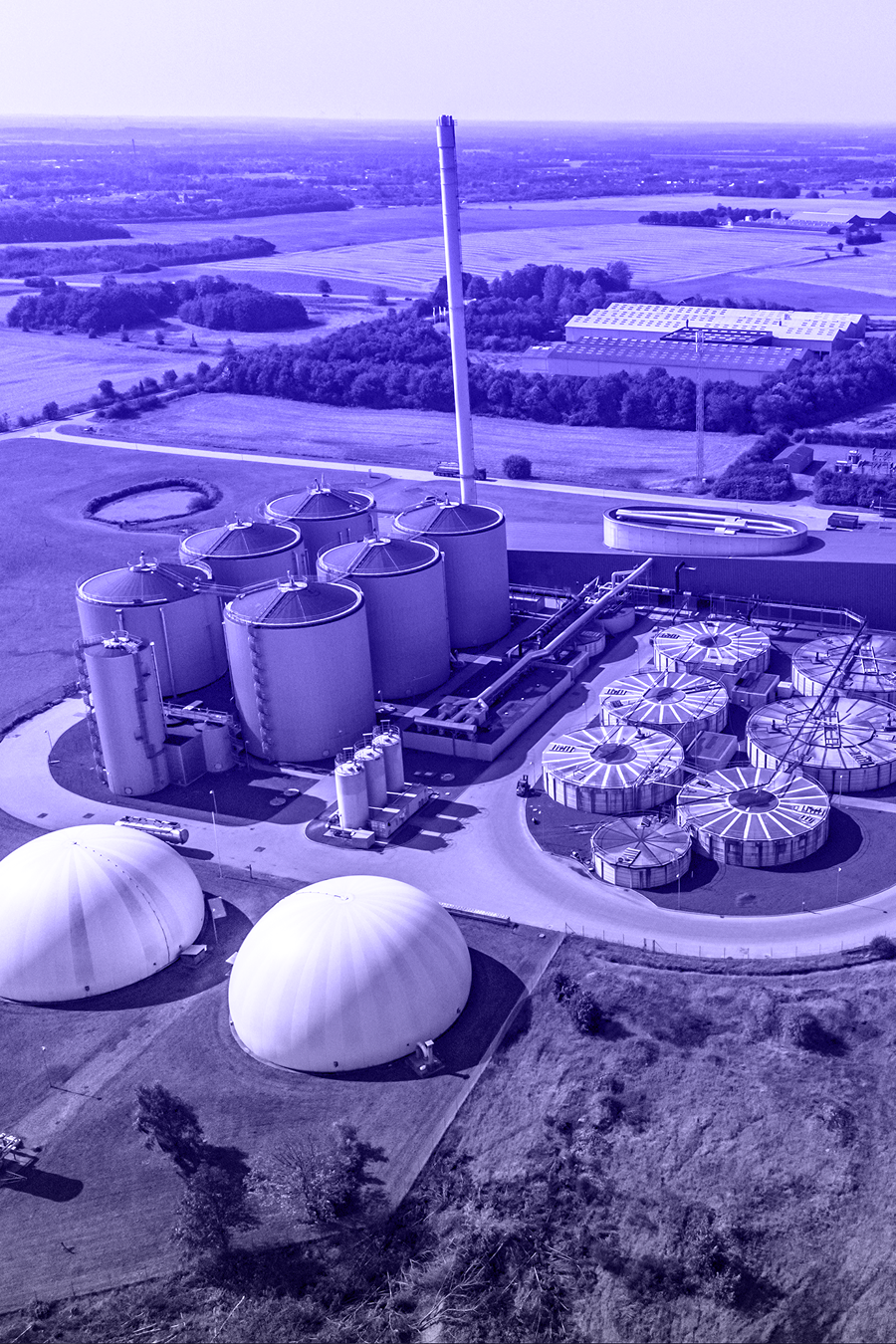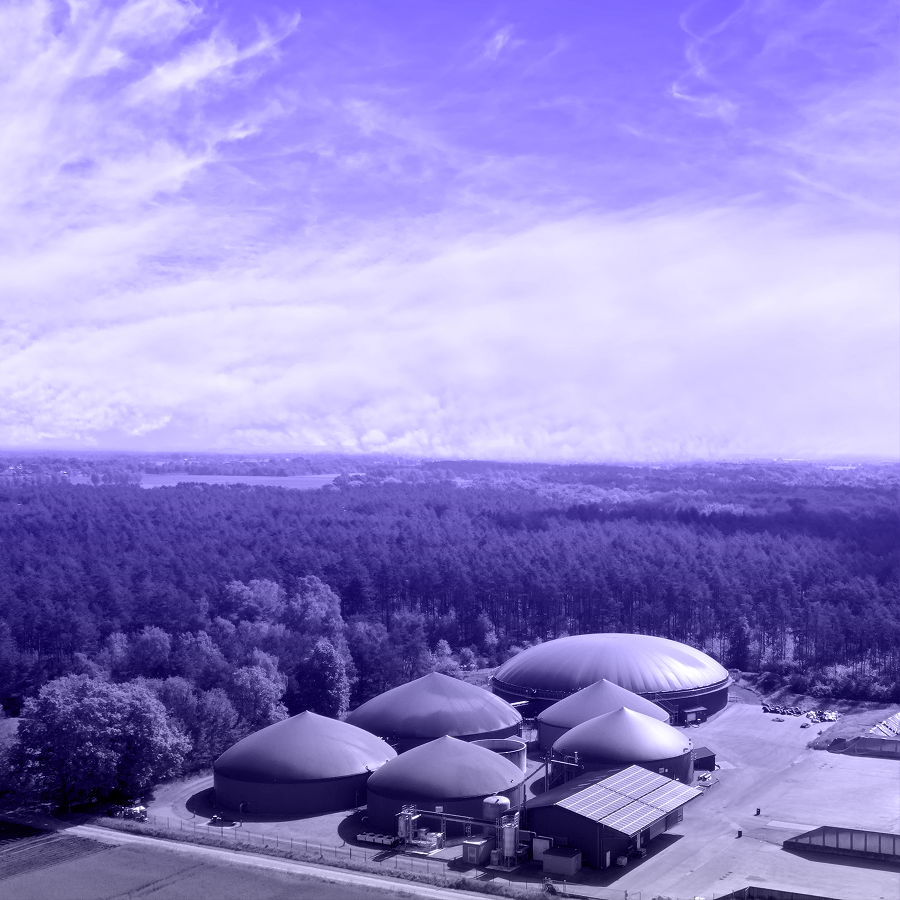Renewable fuels sit at the heart of the U.S. transportation fuels system, shaping both environmental policy and market economics. At the center of this compliance market ecosystem are “D codes” including D3 Renewable Identification Numbers (RINs), credits tied to cellulosic biofuels under the federal Renewable Fuel Standard (RFS).
At Noreva, we blend AI-powered modeling with fundamentals-first analysis to provide clarity in this fast-moving market. Our approach captures the true interplay between supply, demand, capital markets and regulation, helping stakeholders make confident decisions on pricing, compliance, and investment.







